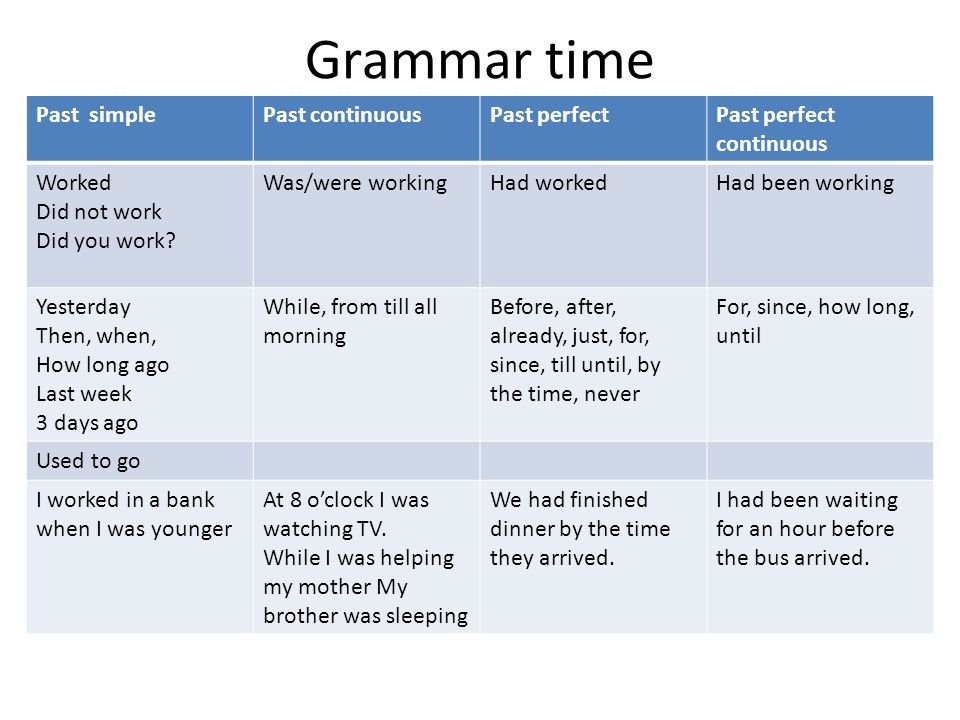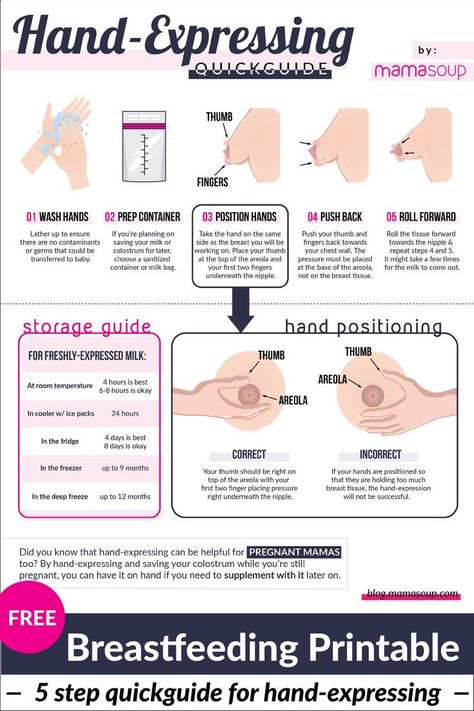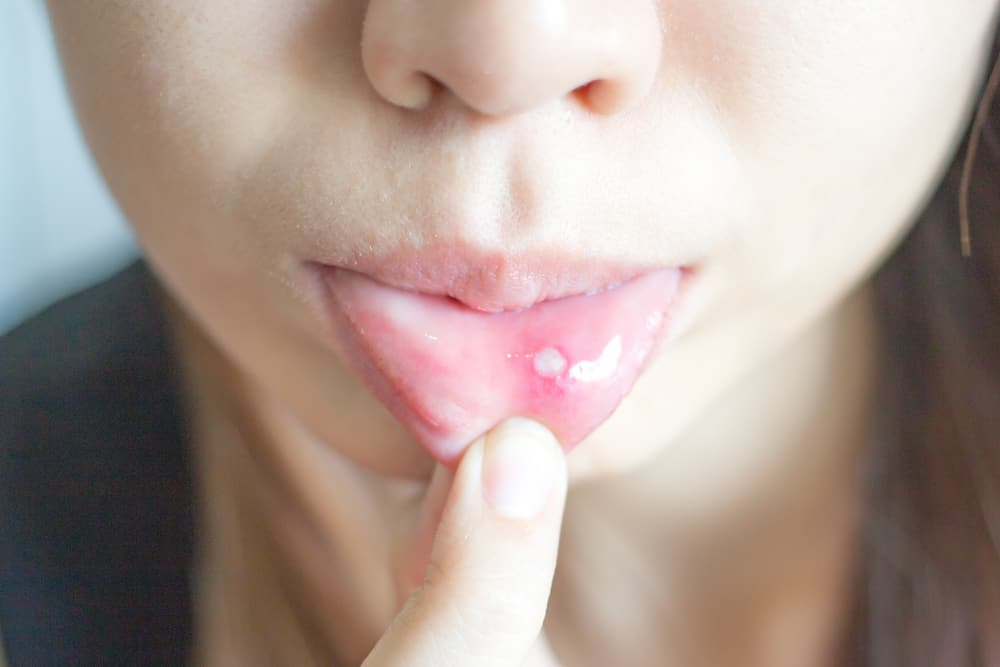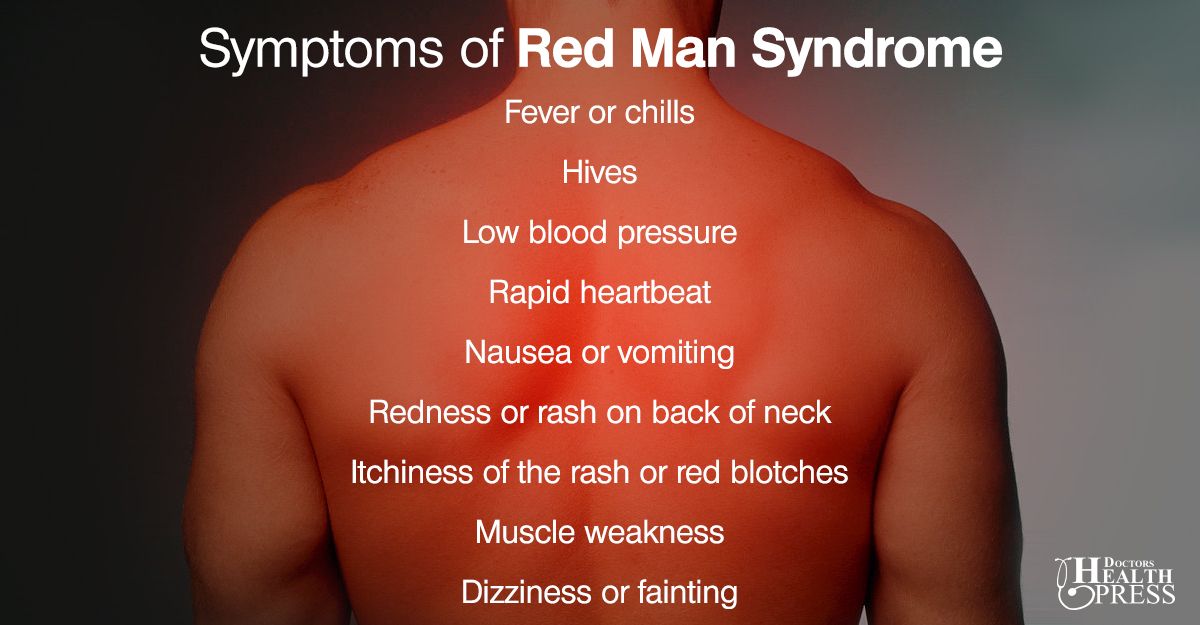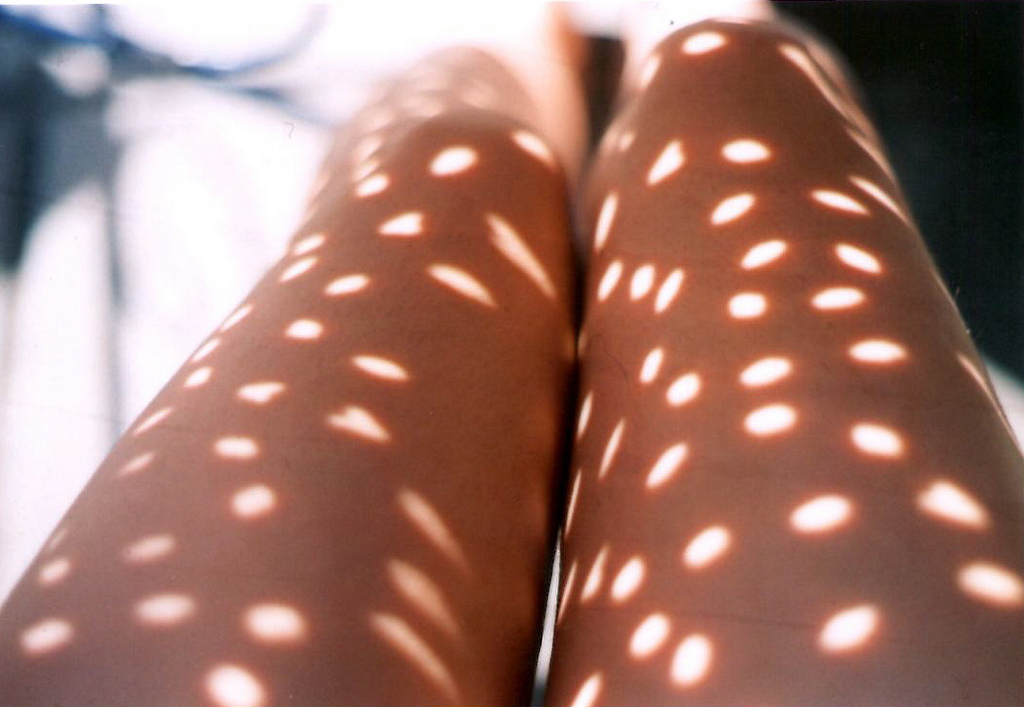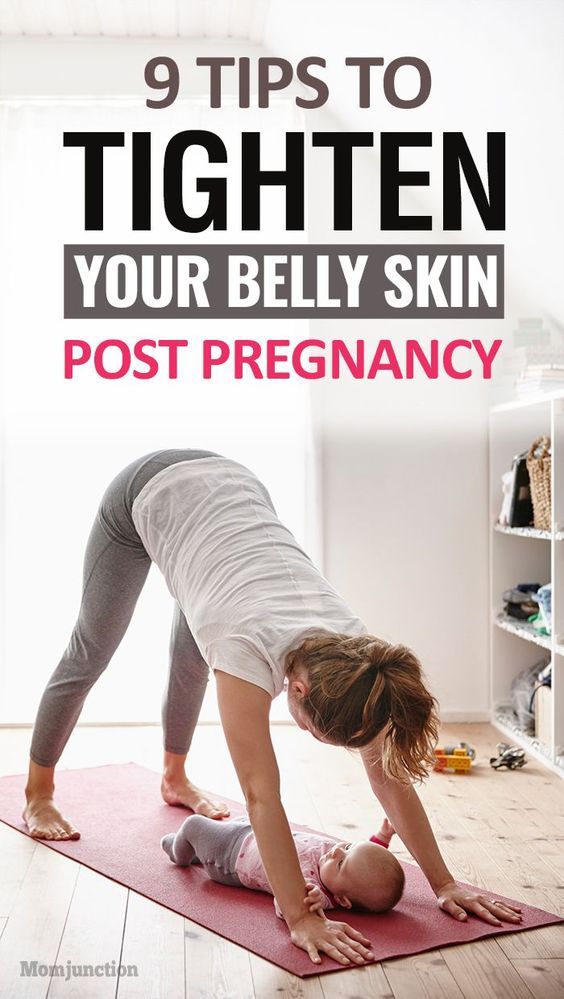What to do with umbilical cord once it falls off
The Umbilical Cord Fell Off, What Should I Do?
You’ve been peeping at your baby’s umbilical cord at every diaper change with a mixture of fascination and, well, a little disgust. After all, the little stump is a souvenir of the 9 months you spent with a special connection, even if it’s looking a little gross these days.
Now that umbilical cord is about to fall off. You may wonder when it should happen and whether the blood or discharge you see is normal. Learn more about what to expect below.
You can expect the cord to fall off between 5 and 15 days after your baby is born. Around 2 weeks is the average amount of time, but sometimes the cord may fall off a little earlier or later. This is perfectly normal.
As you watch the shiny yellow cord turn gray-black, you may be tempted to wiggle the cord a little just to hurry things along, especially when it seems loose. Resist the temptation and let nature take the lead.
Until recently, parents were instructed to gently swab the umbilical cord area with 70% alcohol. And that’s still OK, particularly in areas with fewer resources and higher infection risk. But the winds of change have blown, and there’s good news for those who cringe about swabbing: Alcohol swabs are passé.
Alcohol swabs may actually kill the industrious bacteria that help the cord to dry and detach. A 2016 study showed that best practice is to keep the area clean and dry. Here’s how to do that:
- Use a cotton swab or washcloth dampened with water (and soap if you must) to wipe away any blood or secretions. Don’t worry — a few drops of blood and clear secretions are totally fine. The area is healing.
- Dab the area dry. There are no nerve endings in the navel cord, so your baby won’t feel any pain.
- Keep the front of your baby’s diaper folded down (or use diapers with an umbilical cord peephole) so that the area is open to the air.
- Dress your baby in loose clothing so that the cord is exposed and can dry out. Instead of snap-crotch one-piece styles, go for kimono-style undershirts that allow more air circulation.

- Stick with sponge baths to make it easier to keep the cord dry. Once it has detached, your baby can kick in a tub.
One fine diaper change, you’ll find out that the dried out umbilical cord has detached. Celebrate one of your baby’s first milestones and that adorable little belly button! Caring for the navel area is easy:
- Wipe away any remaining secretions with a dampened washcloth and pat dry.
- Stick to sponge baths for a couple of days longer and then let your baby indulge in a tub.
Slight bleeding is perfectly normal. This is part of the healing process. You may also notice some pink scar tissue or a bit of clear yellow discharge. This is also perfectly normal.
Fortunately, the chances of an infected umbilical cord are very low. Only 1 out of 200 infants experience omphalitis (an infection of the umbilical stump and surrounding area). But doctors do suggest keeping a careful watch on your baby’s navel area anyway for the first few weeks after birth.
This is especially true if your baby is a preemie or has low birth weight or the cord fell off early.
You may see a red lump where the cord fell off that could be covered in clear or yellow discharge. This is known as an umbilical granuloma. If you notice this, keep the area clean and dry and let your pediatrician know. Addressing the granuloma can help to prevent infection.
Also contact your pediatrician if you see any of the following symptoms:
- red and swollen navel area
- a lump on or near the umbilical cord
- pus instead of a little clear discharge in the area
- bleeding instead of a little dried blood
- irritability, refusal to eat, or fever in your baby
Dry care for speedy umbilical cord detachment wins, hands down! The hands-off approach to cord care should give you a little more time to spend enjoying your time with your new arrival.
The Umbilical Cord Fell Off, What Should I Do?
You’ve been peeping at your baby’s umbilical cord at every diaper change with a mixture of fascination and, well, a little disgust. After all, the little stump is a souvenir of the 9 months you spent with a special connection, even if it’s looking a little gross these days.
After all, the little stump is a souvenir of the 9 months you spent with a special connection, even if it’s looking a little gross these days.
Now that umbilical cord is about to fall off. You may wonder when it should happen and whether the blood or discharge you see is normal. Learn more about what to expect below.
You can expect the cord to fall off between 5 and 15 days after your baby is born. Around 2 weeks is the average amount of time, but sometimes the cord may fall off a little earlier or later. This is perfectly normal.
As you watch the shiny yellow cord turn gray-black, you may be tempted to wiggle the cord a little just to hurry things along, especially when it seems loose. Resist the temptation and let nature take the lead.
Until recently, parents were instructed to gently swab the umbilical cord area with 70% alcohol. And that’s still OK, particularly in areas with fewer resources and higher infection risk. But the winds of change have blown, and there’s good news for those who cringe about swabbing: Alcohol swabs are passé.
Alcohol swabs may actually kill the industrious bacteria that help the cord to dry and detach. A 2016 study showed that best practice is to keep the area clean and dry. Here’s how to do that:
- Use a cotton swab or washcloth dampened with water (and soap if you must) to wipe away any blood or secretions. Don’t worry — a few drops of blood and clear secretions are totally fine. The area is healing.
- Dab the area dry. There are no nerve endings in the navel cord, so your baby won’t feel any pain.
- Keep the front of your baby’s diaper folded down (or use diapers with an umbilical cord peephole) so that the area is open to the air.
- Dress your baby in loose clothing so that the cord is exposed and can dry out. Instead of snap-crotch one-piece styles, go for kimono-style undershirts that allow more air circulation.
- Stick with sponge baths to make it easier to keep the cord dry. Once it has detached, your baby can kick in a tub.
One fine diaper change, you’ll find out that the dried out umbilical cord has detached.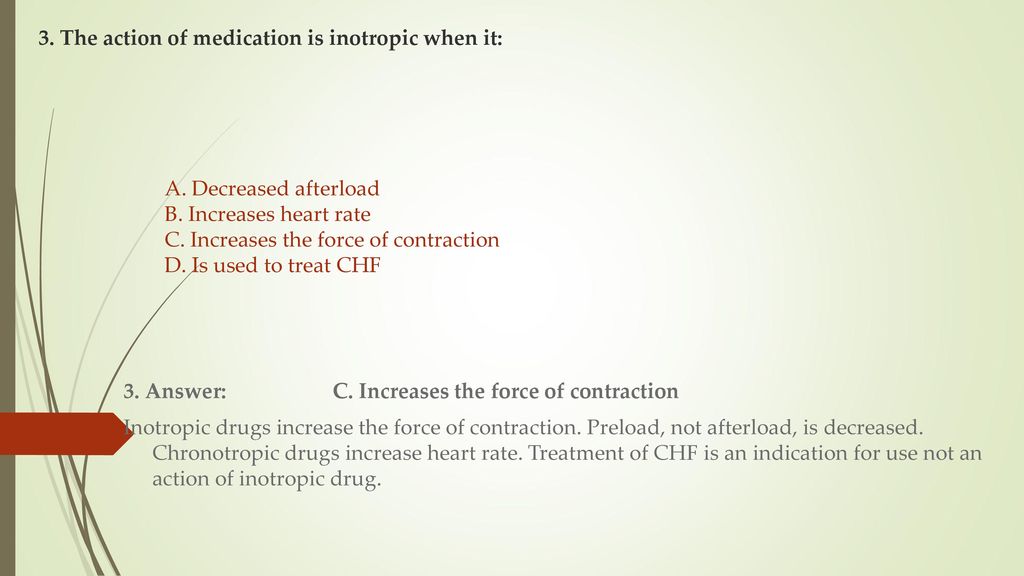 Celebrate one of your baby’s first milestones and that adorable little belly button! Caring for the navel area is easy:
Celebrate one of your baby’s first milestones and that adorable little belly button! Caring for the navel area is easy:
- Wipe away any remaining secretions with a dampened washcloth and pat dry.
- Stick to sponge baths for a couple of days longer and then let your baby indulge in a tub.
Slight bleeding is perfectly normal. This is part of the healing process. You may also notice some pink scar tissue or a bit of clear yellow discharge. This is also perfectly normal.
Fortunately, the chances of an infected umbilical cord are very low. Only 1 out of 200 infants experience omphalitis (an infection of the umbilical stump and surrounding area). But doctors do suggest keeping a careful watch on your baby’s navel area anyway for the first few weeks after birth.
This is especially true if your baby is a preemie or has low birth weight or the cord fell off early.
You may see a red lump where the cord fell off that could be covered in clear or yellow discharge.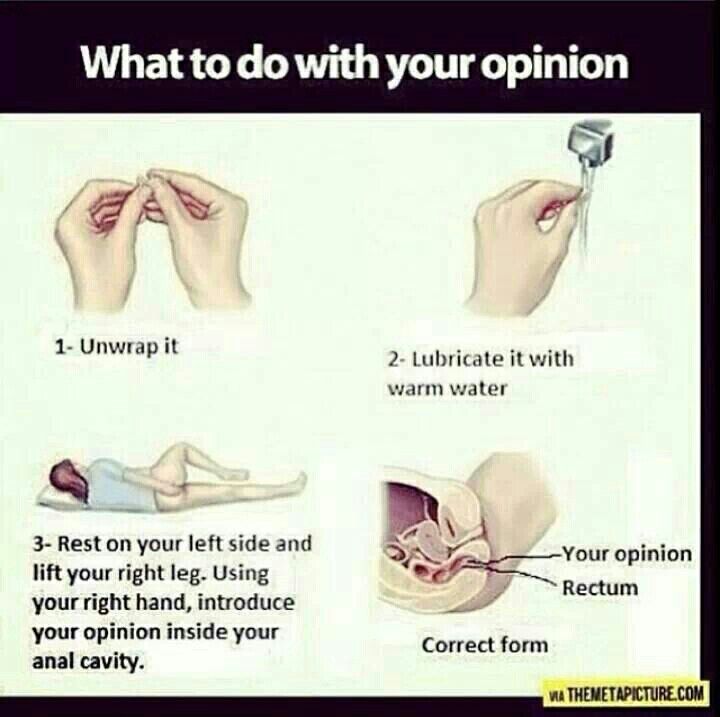 This is known as an umbilical granuloma. If you notice this, keep the area clean and dry and let your pediatrician know. Addressing the granuloma can help to prevent infection.
This is known as an umbilical granuloma. If you notice this, keep the area clean and dry and let your pediatrician know. Addressing the granuloma can help to prevent infection.
Also contact your pediatrician if you see any of the following symptoms:
- red and swollen navel area
- a lump on or near the umbilical cord
- pus instead of a little clear discharge in the area
- bleeding instead of a little dried blood
- irritability, refusal to eat, or fever in your baby
Dry care for speedy umbilical cord detachment wins, hands down! The hands-off approach to cord care should give you a little more time to spend enjoying your time with your new arrival.
Newborn Navel Care | v1.ru
Every woman at least once in her life is waiting for that long-awaited and joyful day when her little happiness will be born. A newborn needs special care, which will help the little miracle to adapt to the new world. After discharge from the maternity hospital, your pediatrician will come to you the next day, who will tell you about the features of proper care for the baby.
Everyone knows that, being in the womb, the baby is closely connected with the mother by a formation that plays a huge role in the intrauterine development of the fetus, in the common people this formation is called the umbilical cord. After the baby is born, the umbilical cord is cut. In order for the umbilical wound to heal faster and infection does not occur, it must be properly and carefully looked after.
After the baby is born, the connection through the umbilical cord is no longer needed. The newborn begins to breathe on his own, feed on breast milk, excrete unnecessary things with the help of the kidneys and intestines. The first thing obstetricians do after the birth of a baby is to put a special clamp on the umbilical cord, after the blood circulation through it stops, the umbilical cord is cut. At first, there will be a clamp on the umbilical cord, which will eventually fall off with the remainder of the umbilical cord, but the umbilical cord must dry well, and for this it must be processed daily.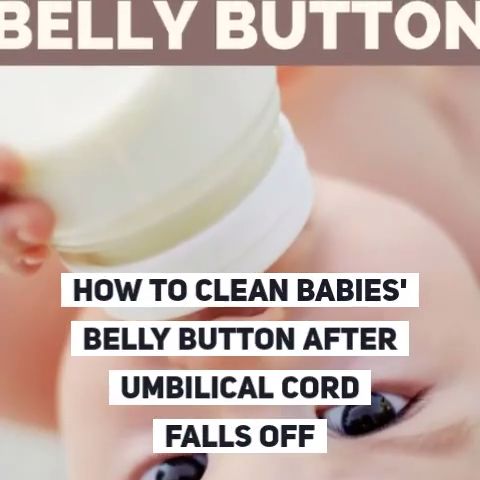 You can bathe your baby on the first day after being discharged from the hospital, even if the clip with the rest of the umbilical cord has not yet fallen off. Do not be afraid to touch the navel during processing, the baby does not experience pain.
You can bathe your baby on the first day after being discharged from the hospital, even if the clip with the rest of the umbilical cord has not yet fallen off. Do not be afraid to touch the navel during processing, the baby does not experience pain.
Remember, the navel must be carefully treated to avoid infection in the wound, which can lead to inflammation of the skin around the navel. Over time, the clamp, along with a piece of the mummified umbilical cord, will fall off, leaving a small umbilical wound. The wound must breathe, so do not cover it with a diaper or gauze bandages, a greenhouse effect will occur, and the wound will become limp, but we need it to dry. The wound will soon heal and become covered with a hemorrhagic crust, which, of course, will fall off. With proper care of the navel, after the crust falls off, there should be no discharge from the wound.
At home, the umbilical wound should be treated after bathing once a day until it is completely healed.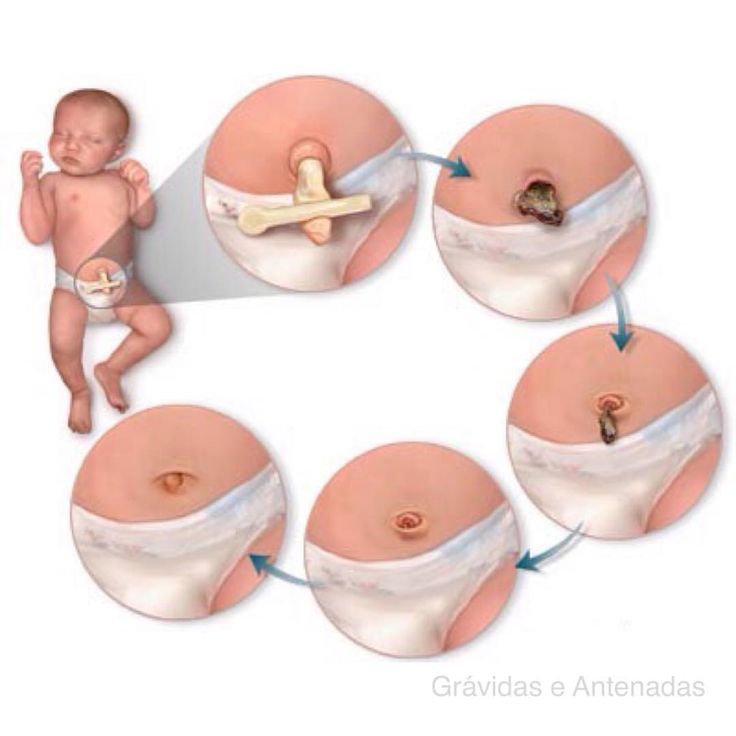 In cases where there is a crust on the wound that has peeled off, it is best to remove it, for this, pour hydrogen peroxide on the wound, remember that the peroxide has a limited shelf life. Naturally, after water procedures, the crust softens and is easily removed from the wound. It is best to treat the wound with cotton swabs. For a more thorough treatment of the navel, it is necessary to press the thumb and forefinger of the left hand on the tissue near the navel, this will open up a large area for inspection and processing.
In cases where there is a crust on the wound that has peeled off, it is best to remove it, for this, pour hydrogen peroxide on the wound, remember that the peroxide has a limited shelf life. Naturally, after water procedures, the crust softens and is easily removed from the wound. It is best to treat the wound with cotton swabs. For a more thorough treatment of the navel, it is necessary to press the thumb and forefinger of the left hand on the tissue near the navel, this will open up a large area for inspection and processing.
If the wound does not heal for a long time and, moreover, there is blood or purulent discharge, you should consult a doctor. Do not self-medicate, this can lead to bad consequences. The umbilical cord consists of the vitelline and urinary streams, which work in the first weeks of intrauterine development of the baby, after which the streams close.
If the closing process has been disturbed, the healing process of the navel will be long because the navel will become wet.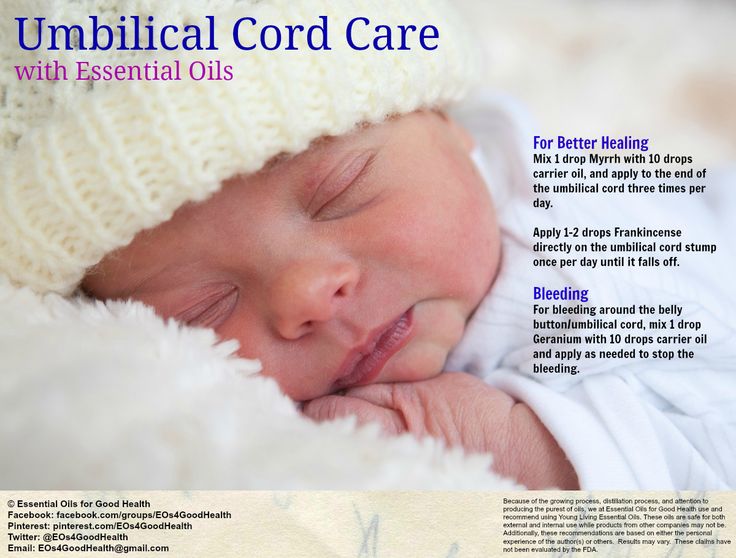 To avoid this, you need to contact your pediatrician, who will refer you to a pediatric surgeon for an examination and an ultrasound examination of the navel in order to make the correct diagnosis.
To avoid this, you need to contact your pediatrician, who will refer you to a pediatric surgeon for an examination and an ultrasound examination of the navel in order to make the correct diagnosis.
And other recommended articles on the site Klinika34.ru.
UMBILICAL INJURY IN NEWBORN
UMBILICAL INJURY IN NEWBORN
Primary treatment and ligation of the umbilical cord is performed even in the maternity hospital after the complete cessation of the pulsation of its vessels, which usually occurs 2-3 minutes after the birth of the fetus. Before crossing the umbilical cord, it is wiped with alcohol and two sterile clamps are applied at a distance of 10 and 2 cm from the umbilical ring. The umbilical cord between the clamps is treated with 5% iodine solution and crossed with sterile scissors. The umbilical stump (residue) remains in this place, which dries up and falls off on its own naturally after a few days. The umbilical cord is cared for by a doctor.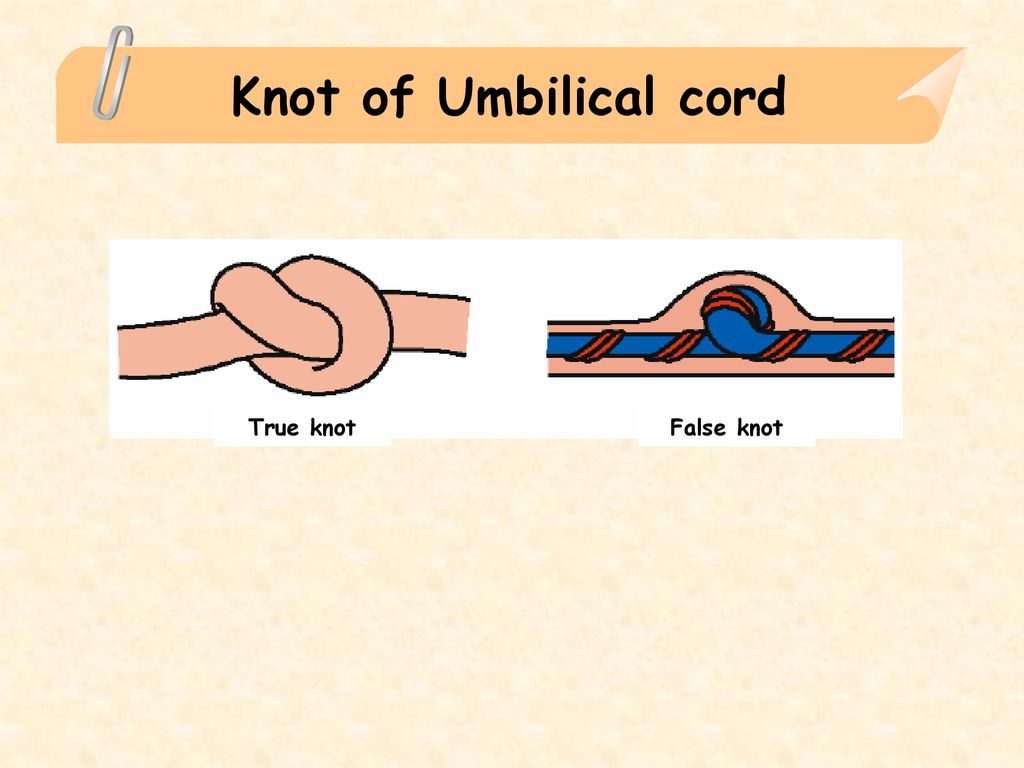
There is no need to keep the baby in the hospital until the rest of the umbilical cord falls off. This is even reflected in Order N 345 of the Ministry of Health of the Russian Federation “On improving measures to prevent nosocomial infections in obstetric hospitals”: “From an epidemiological point of view, a course for early discharge (2-4 days after birth), including before the umbilical cord falls off, is justified.”
However, in the history of the development of a newborn, one can often read "the umbilical cord fell off on the second day." In life, surgical removal is practiced - cutting off or unscrewing the umbilical cord residue after the newborn has two full days of life. This is due to the fact that not even all district pediatricians and patronage nurses are ready for a child with a bracket to come under their supervision, not to mention a young mother.
So, by the time of discharge from the hospital, as a rule, the umbilical cord is no longer there, but there is an umbilical wound, or rather, a scar (navel), which must be carefully looked after.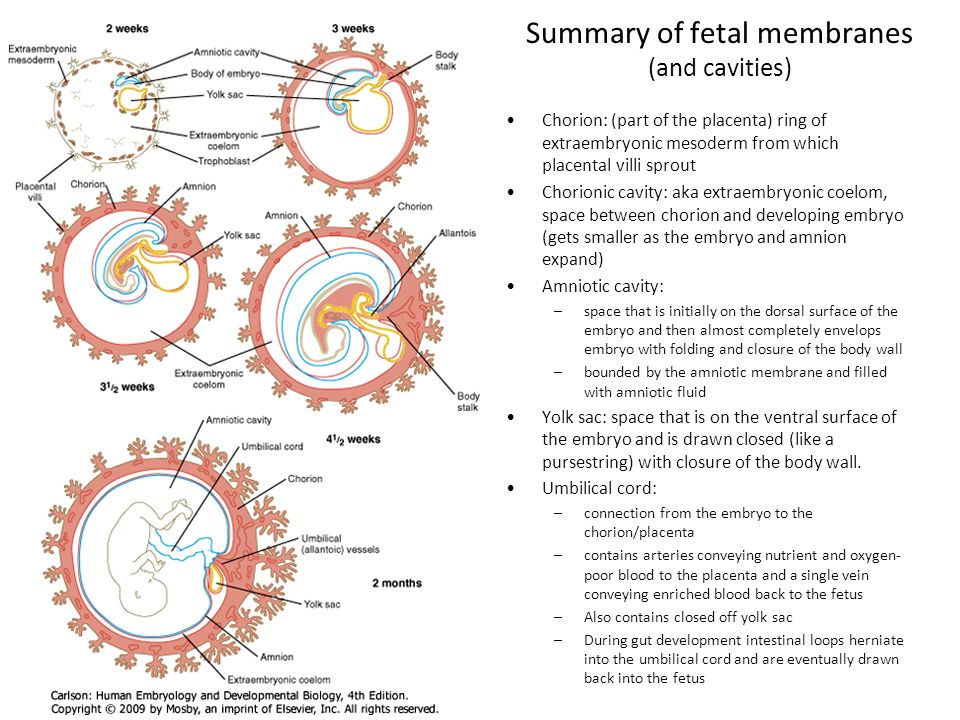 This area must be kept clean and dry at all times. To reduce the risk of infection of the umbilical wound and in order to prevent purulent diseases of the navel and the development of umbilical sepsis (in which the infection enters the bloodstream, causing infection of the whole body), it is necessary to treat the umbilical wound twice a day (in the morning during the first swaddling and in the evening after bathing).
This area must be kept clean and dry at all times. To reduce the risk of infection of the umbilical wound and in order to prevent purulent diseases of the navel and the development of umbilical sepsis (in which the infection enters the bloodstream, causing infection of the whole body), it is necessary to treat the umbilical wound twice a day (in the morning during the first swaddling and in the evening after bathing).
To do this, you will need sterile cotton swabs, 3% hydrogen peroxide solution, alcohol infusion of greenery (or 5% potassium permanganate solution or 5% iodine solution).
Wash your hands thoroughly before handling the navel. Grasp the skin around the navel with your thumb and forefinger and open the wound a little. Moisten a cotton swab or drip a few drops of a 3% hydrogen peroxide solution and treat the wound from the center to the outer edges, carefully removing the wound discharge, while the peroxide will foam. Dry (wetting movements) with a sterile cotton ball.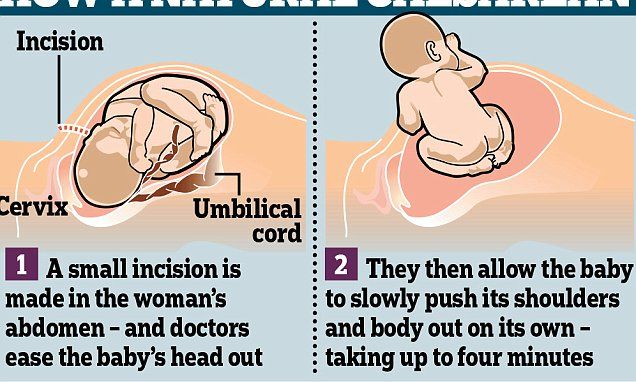 After that, we treat the umbilical wound with an antiseptic solution: iodine or brilliant green, or potassium permanganate. It should be noted that a solution of brilliant green causes weeping, and a solution of potassium permanganate (potassium permanganate) dries. Therefore, it is better to treat the wound with potassium permanganate.
After that, we treat the umbilical wound with an antiseptic solution: iodine or brilliant green, or potassium permanganate. It should be noted that a solution of brilliant green causes weeping, and a solution of potassium permanganate (potassium permanganate) dries. Therefore, it is better to treat the wound with potassium permanganate.
It is necessary to treat the umbilical wound until the umbilical cord heals and there are no crusts, serous or sanious secretions, and when treated with peroxide, foam is formed.
As a rule, the umbilical wound heals (epithelializes) by the end of the second week of life, at the same time there is a contraction of the skin umbilical ring.
By the age of 2 weeks, the child will be a normal navel, the shape of which, by the way, does not depend on the skill of the one who cuts the umbilical cord, but depends solely on the individuality of the child himself.
If the wound starts to become wet, discharge appears, and the surrounding skin turns red, it is quite possible that an infection has got into it - in this case, call a doctor immediately!
A few tips:
Bathe the baby until the umbilical wound has healed in water with the addition of a weak solution of potassium permanganate.
